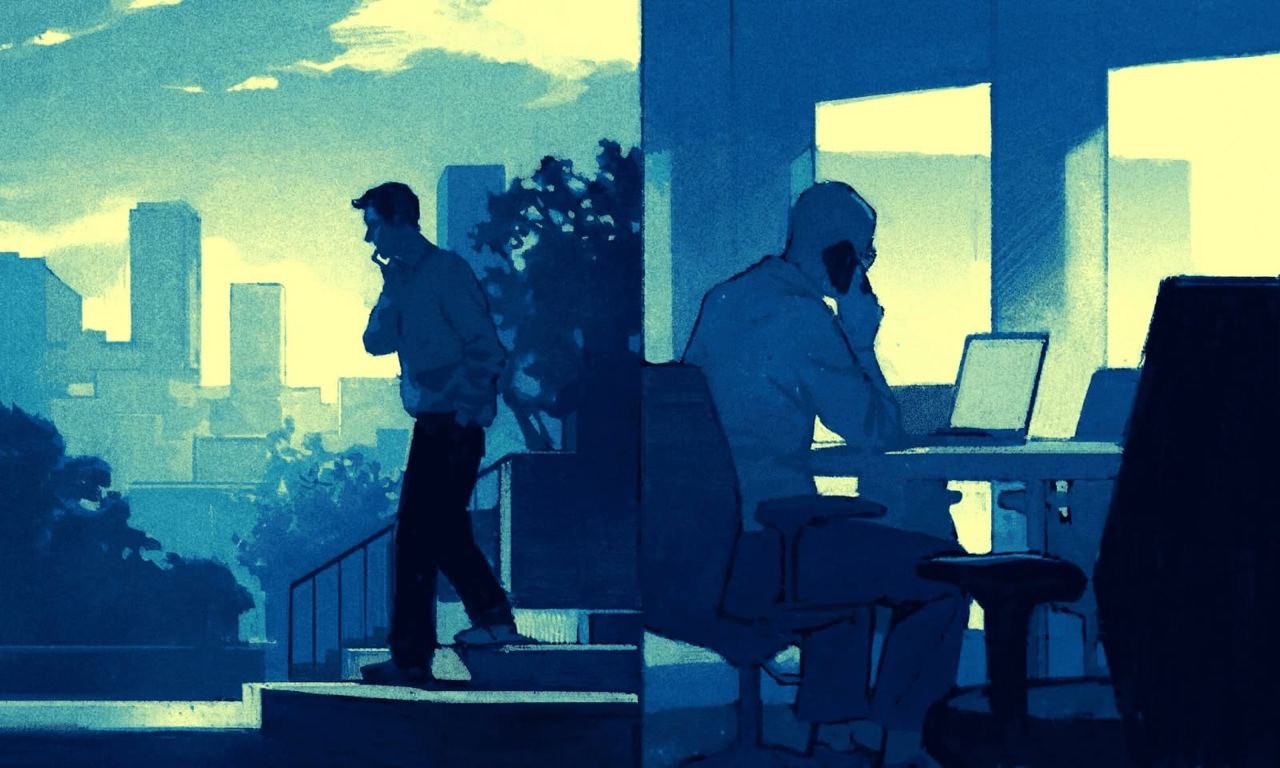Inside OpenAI’s Crisis Over the Future of Artificial Intelligence
Split over the leadership of Sam Altman, board members and executives turned on one another. Their brawl exposed the cracks at the heart of the A.I. movement.

Around noon on Nov. 17, Sam Altman, the chief executive of OpenAI, logged into a video call from a luxury hotel in Las Vegas. He was in the city for its inaugural Formula 1 race, which had drawn 315,000 visitors including Rihanna and Kylie Minogue.
Mr. Altman, who had parlayed the success of OpenAI’s ChatGPT chatbot into personal stardom beyond the tech world, had a meeting lined up that day with Ilya Sutskever, the chief scientist of the artificial intelligence start-up. But when the call started, Mr. Altman saw that Dr. Sutskever was not alone — he was virtually flanked by OpenAI’s three independent board members.
Instantly, Mr. Altman knew something was wrong.
Unbeknownst to Mr. Altman, Dr. Sutskever and the three board members had been whispering behind his back for months. They believed Mr. Altman had been dishonest and should no longer lead a company that was driving the A.I. race. On a hush-hush 15-minute video call the previous afternoon, the board members had voted one by one to push Mr. Altman out of OpenAI.
Now they were delivering the news. Shocked that he was being fired from a start-up he had helped found, Mr. Altman widened his eyes and then asked, “How can I help?” The board members urged him to support an interim chief executive. He assured them that he would.
Within hours, Mr. Altman changed his mind and declared war on OpenAI’s board.
His ouster was the culmination of years of simmering tensions at OpenAI that pit those alarmed by A.I.’s power against others who saw the technology as a once-in-a-lifetime profit and prestige bonanza. As divisions deepened, the organization’s leaders sniped and turned on one another. That led to a boardroom brawl that ultimately showed who has the upper hand in A.I.’s future development: Silicon Valley’s tech elite and deep-pocketed corporate interests.
The drama embroiled Microsoft, which had committed $13 billion to OpenAI and weighed in to protect its investment. Many top Silicon Valley executives and investors, including the chief executive of Airbnb, also mobilized to support Mr. Altman.
Some fought back from Mr. Altman’s $27 million mansion in San Francisco’s Russian Hill neighborhood, lobbying through social media and voicing their displeasure in private text threads, according to interviews with more than 25 people with knowledge of the events. Many of their conversations and the details of their confrontations have not been previously reported.
At the center of the storm was Mr. Altman, a 38-year-old multimillionaire. A vegetarian who raises cattle and a tech leader with little engineering training, he is driven by a hunger for power more than by money, a longtime mentor said. And even as Mr. Altman became A.I.’s public face, charming heads of state with predictions of the technology’s positive effects, he privately angered those who believed he ignored its potential dangers.
OpenAI’s chaos has raised new questions about the people and companies behind the A.I. revolution. If the world’s premier A.I. start-up can so easily plunge into crisis over backbiting behavior and slippery ideas of wrongdoing, can it be trusted to advance a technology that may have untold effects on billions of people?
“OpenAI’s aura of invulnerability has been shaken,” said Andrew Ng, a Stanford professor who helped found the A.I. labs at Google and the Chinese tech giant Baidu.
